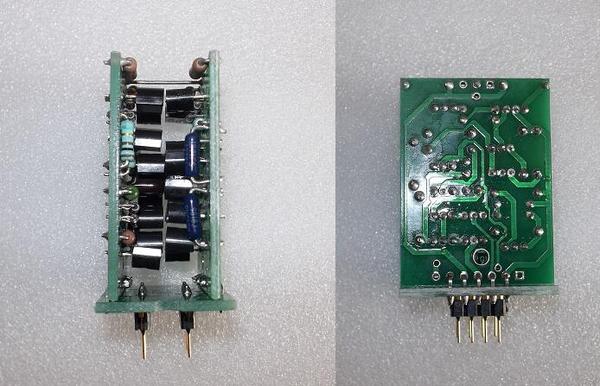- Joined
- Aug 8, 2013
- Posts
- 480
- Likes
- 192
...here my XD-05 withh a V5i....
I prefer FET - OPA626 and Supreme Sound Opamp V5 in my headphone amp


Burson V5i
[snip]





Hey Mike
I want to test the Sparkos as well. Discreet vs discreet. This is much more fun than lme49720 vs opa827. Look how far this hobby has come.
I recently went a month without the V5 SS just testing out different chip opamps again for various reasons. Chips are so bad in comparison. I felt a non-stop urge to keep swapping and trying different combinations. So after wandering in the sonic desert for a month I have the V5 SS back in and I think what I missed the most is
1: the 3D holographic soundstage. You can almost see where each sound is placed and it feels like it has a definable shape.
2: the decay. I had almost forgotten how involving this aspect of the music is.
3: the detail. Every whisper, creaking chair in the recording room and every note and harmony.
I can't do chip opamps anymore. With the V5 SS back in I am listening to music again that I listened to over the last month just to hear it right. I'm listening to music again and not thinking about my Dac and my amp and opamps.
So I guess that means that at this point only a Sparkos would be interesting to play with.
For all other new readers. Consider the incremental cost of buying little chip opamps over and over looking for the " heavenly, angels singing," sound. It's not to be found in a chip. Go discreet. As with anything that is important and where quality matters "Buy once, cry once" ... You save money in the long run.

